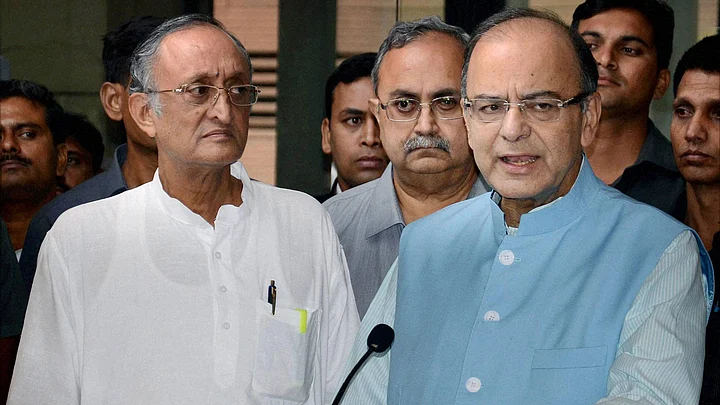In a ground-breaking move by the government, the Centre made public the Model GST Law after getting an in-principle nod from the Empowered Committee of State Finance Ministers. The Model GST Law has been announced with the purpose of soliciting comments from trade, professionals and public at large.
The Model GST Law is meant for the public at large to engage in discussions regarding the provisions which might eventually be a part of the final GST law in India. The Model GST Law has been divided into two major parts (Acts), Goods and Services Tax Act, 2016 (GST Act) and the Integrated Goods and Services Tax Act, 2016 (IGST Act).
The GST Act consists of 25 Chapters, 4 Schedules and GST Valuation Rules explaining various aspects of the GST Act. And the IGST Act consists of 11 Chapters explaining various aspects of the IGST Act meant to regulate interstate supplies.
A cursory look over the Model GST Law in comparison with the current indirect taxes helps us understand that many concepts of the current law like reverse charge, assessments and appeals, refunds/rebates etc have been continued in the Model GST Law as well. However, there are many deviations which have also been noticed. The following key points can be highlighted based on our initial study:
- Unification of ‘taxable event’ from sale/purchase, manufacture, provision of service, etc. to ‘supply’. Thus GST will be levied on all forms of ‘supply’ of goods or services such as sale, transfer, barter, exchange, license, rental, lease, import of services etc of goods and/ or services made for a consideration (and in exceptional cases made without consideration)
- Taxpayers having turnover upto Rs 50 lakh may get an option of paying GST at a concessional rate. The Model GST law provides that this rate is expected to be more than 1 percent.
- ‘Securities’ have now been included in the definition of goods. Given that goods & services are now brought on the same platform, inclusion of securities under the GST regime could enable every trade to be construed as a supply and thus chargeable under the GST.
- The exhaustive definition of supply includes ‘self-supply without consideration’. Clarity regarding taxability and valuation mechanism for self-supply is something which would require trade’s representation.
- The liability to pay GST will arise at the time of supply as determined for goods and services. In this regard, separate provisions prescribe what will be the time of supply for goods and services. Certain provisions from the current point of taxation rules under the service tax law has been grandfathered to draft the time of supply provisions.
- It would be crucial to determine whether a transaction is an ‘intra-state’ or ‘inter-state’ as GST (i.e. Central GST plus State GST or Integrated GST) will be applicable accordingly. In this regard, the draft GST law provides separate provisions which will help an assessee determine the place of supply for goods and services. Typically, for ‘goods’ the place of supply would be the location where the goods are delivered. Whereas for ‘services’ the place of supply would be the location of the recipient.
- GST would be payable on the ‘transaction value’. Transaction value is the price actually paid or payable. The transaction value is also said to include all expenses in relation to sale such as packing, commission etc.
- It appears that reverse charge will now be applicable on both goods and services.
- Intangibles are deemed to be considered as ‘services’.
- With regard to input tax credit surprisingly, inter-alia, credit pertaining to specified procurements such as catering services, employee insurance would not available. This denial of credit will lead to substantial tax cascading.
- As per Model GST Law a threshold limit of Rs 10 lakh is proposed, and for north eastern states, including Sikkim, this threshold will be Rs 5 lakh.
This Model GST Law certainly portrays the general thought process of the government on every aspect of the new GST Law in India. A humongous amount of research, technical knowledge and ground-level efforts have gone behind creating this Model GST Law which showcases the government’s GST preparedness and its intent to implement it by April 2017.
As on 14 June 2016, in a recently concluded Empowered Committee meeting, all states consented to ‘no Constitutional cap on tax rate’ while unanimously agreeing that contingencies may arise in future with respect to the quantum fixed by the GST Council and thus, the same shall be best left to the Council’s discretion in the future.
Now, that the ruling NDA government has strengthened its position in the Rajya Sabha (Upper House) and garnered support (for GST) from many other parties, the tide has almost turned in GST’s favour. And now with the release of the Model GST Law, business organisations across India will also have to acknowledge that the government is prepared to implement GST in India by April 2017. Once that happens, businesses too will have to begin their process of GST preparedness as soon as possible to ensure full optimisation of the opportunity at their door step.
(The authors are from SKP and the above views are personal.)
